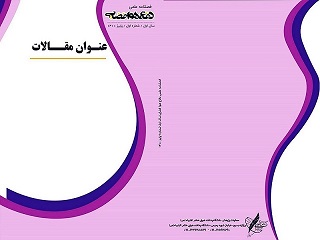Document Type : Original Article
Abstract
Heat transfer plays a major role in the design and performance of missiles and vehicles that have rocket driving. The main importance of this discussion is related to the safety range missile materials, especially in areas such as the combustion chamber and nozzle, which are under critical heat. Only one failure is enough to interfere with the operation of missiles. It may also be due to excessive heat in the nozzle throat, a portion of the sheet metal locally damaged. In which case the exhaust gas flow becomes asymmetrically, which led to the creation of inappropriate force vector direction. This leads to an error in the missile guidance to the target and a lot of fuel consumed on the spacecraft to correct its path by secondary driving system. In this project the amount of heat transferred to the chamber for different sections of engine during the simulation by software is calculated, also the coolant conditions and temperatures have been calculated in accordance with existing heat and cooling operation performed in each section. For this purpose, the engine divided into four parts, the combustion chamber, the convergent nozzle, throat nozzle and the divergent nozzle. The rate of heat transferred from the gas chamber (according to the conditions of gas in different sections) as well as the chamber temperature in the vicinity of the coolant and coolant temperature calculated for different sections of each section. Notably, in this research, ANSYS software package is used to create geometry, mesh and simulations.
Keywords
Main Subjects

